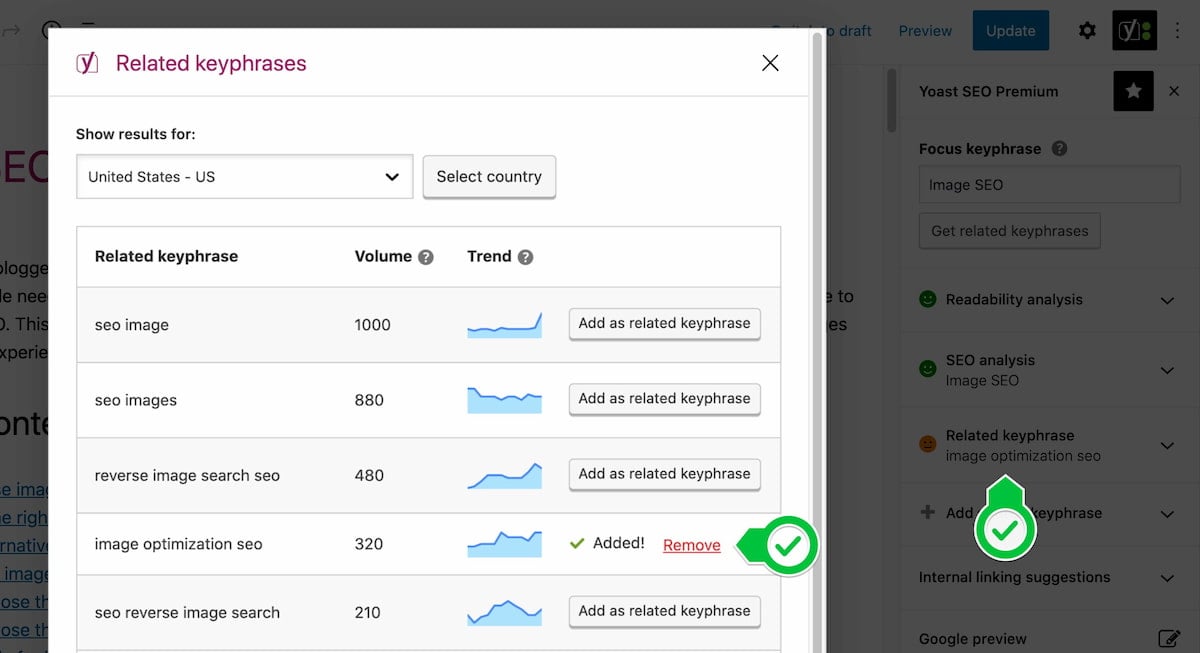

In the last decade, many extensions of vector-valued risk measures have been investigated In the last decade, many extensions of vector-valued risk measures have been investigated, see Embrechts and Puccetti, Cousin and Di Bernardino, Torres et al. However, it is often insufficient to consider a single real-varied measure to quantify the risks derived from different economic and financial activities. Usually, risk measures are functions of a set of real random variables to the real numbers. įor additional information regarding Identity Services Engine SIEM/TD partners, visit. To learn more about the Cisco Identity Services Engine, visit.
#RISK ENGINE INTEGRATION PATCH#
#RISK ENGINE INTEGRATION MAC#

The Identity Services Engine provides its user identity and device contextual information to SIEM and TD partner platforms. How Cisco ISE Integrations with SIEM and TD solutions works Improve visibility and analysis of Cisco ISE telemetry and event data by analyzing and providing alerts based on anomalies in Cisco ISE event data, such as excessive authentication attempts.Decrease security risk from devices with security posture failures by using Cisco ISE endpoint posture information to create analytic policies specific to endpoints that have a noncompliant posture status.Improve SIEM analytic policies by differentiating users, groups, and devices using contextual information to create analytic policies specific to users, groups, or devices.Decrease time to event classification by using Cisco ® Identity Services Engine (ISE) contextual information to expedite the classification of security events.The enhanced capabilities from Cisco ISE with SIEM and TD integration streamline the process of threat detection, simplify execution of responses by IT, and greatly reduce the time to remediation of network security threats. Cisco ISE integrations with SIEM and TD platforms also allow for enhanced security monitoring, including mobility-aware security analytics.


Cisco ISE can then be used to take mitigation actions. This information permits the analyst to more quickly determine where the event is coming from, whether it needs further investigation, and, if so, how urgent is the threat. The data can include the identity and level of access of each user and the type of device used. Cisco ISE enables the SIEM and TD system management consoles to display contextual information pulled from the engine about each security event. The combination of these integrated technologies gives security analysts the ability to quickly and easily assess the significance of security events by correlating expanded context with the security alerts. Gain visibility into network threats and remediateĬisco ® Identity Services Engine (ISE) integrates with leading Security Event and Information Management (SIEM) and Threat Defense (TD) platforms to bring together a network wide view of security event analysis and relevant identity and device context.Ĭisco ISE uses Cisco Platform Exchange Grid (pxGrid) technology to share contextual data with leading SIEM and TD partner solutions.


 0 kommentar(er)
0 kommentar(er)
